
One of the things that appealed to me the most about the idea of working with youth this fall was my own curiosity: how would that which the youth see and capture differ from what I typically see from the adults I have mentored online or the other adults with whom I have connected in camera clubs and conferences? Many of the adults who participate in online mentorships enter into that space after already having some degree of mastery over the craft of photography. There are exceptions, of course, but there often seems to be a bit of a threshold that adults want to reach first before they are willing to put their work out there into the world to be seen by others. My questions were many:
What are the subjects that the youth would find in their world to photograph?
Would they be the “expected” subjects of photography or would there be evidence of a different, new, and refreshing way to see the world?
What differences and similarities would there be between images created by adults in the online world and images created by youth I would see on a near-weekly basis?
What would the youth see as “beautiful” and worth capturing in their own lives?
So to begin, in one of our first sessions, we talked about the idea of beauty. The youth were asked to name things of beauty they saw in the room around them. A painting, a sculpture, the cover of a book, a quote on the wall.

They named typical, expected examples of beauty. Then, I asked them to name some of the ordinary things they saw in the room. The table, the chair, a paper clip. Finally, I asked them to see if they could name anything that was both ordinary AND beautiful. In the process, I picked up the small, ordinary metal paper clip and asked, “Could THIS be considered beautiful? Do you think it would be possible to create a photograph of this paper clip that made it look beautiful?” There was a bit of silence and then M said, “Yes.” And with her typical quick words and enthusiastic expressiveness, she continued,
“Sure. You know what I’d do? I’d figure out a way to set this paper clip on end, then using some light from the background, I could cast a shadow on to something so there would be this paper clip – but also a bunch of cool light and shadow.”
Yep. Beauty in a paper clip.
(On a side note, right then, I challenged her – and all the others – to see if they could EACH create a beautiful photograph this year which included a simple, ordinary paper clip. I’ll keep you posted.)
In that same session, we spent a significant portion of time outside with our cameras. Brick buildings with reflective windows, a parking lot, an expanse of green space with some trees, and a busy city street were in our view.
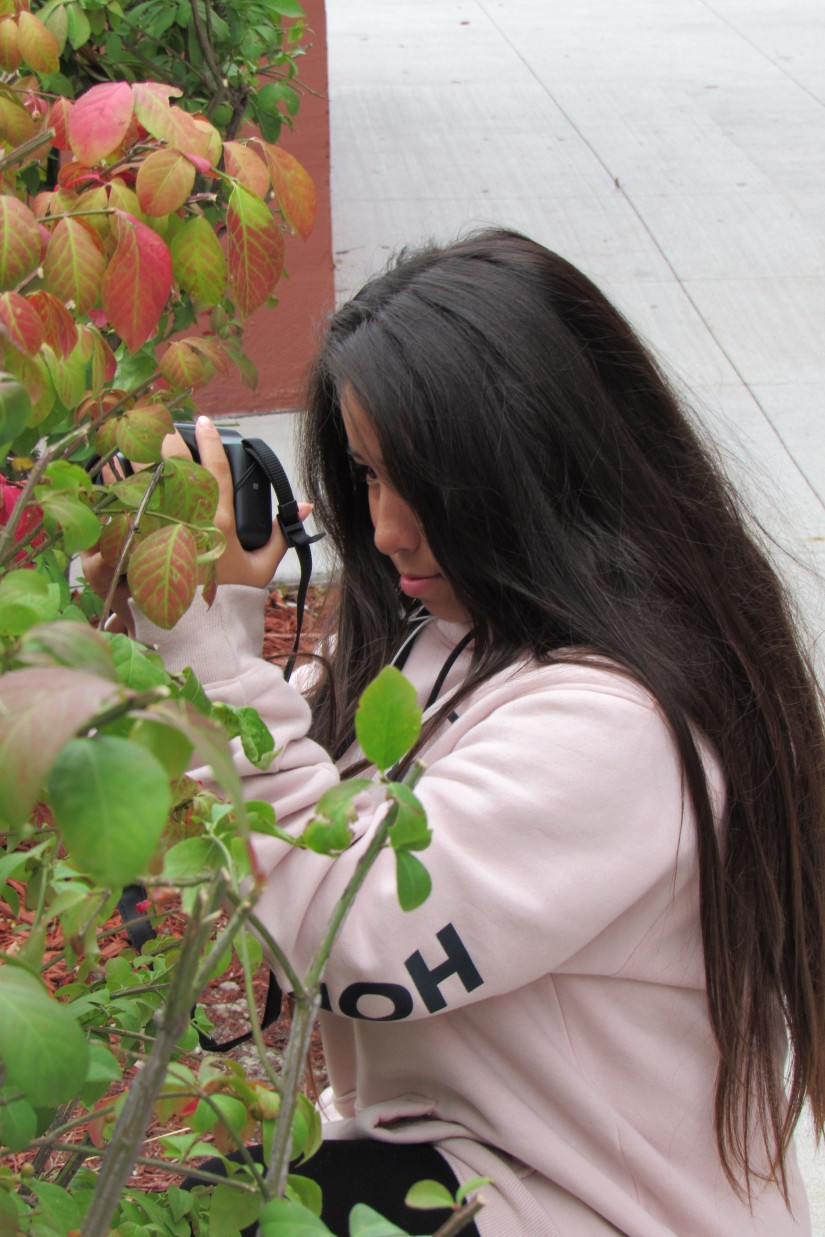
Earlier that afternoon, we had spent time talking about perspective – about seeing something not just from one view, but from all sorts of different views. Using the ordinary table around which we sat, we talked about all the different ways we could see it – from above, from the side, from underneath, from close up, from further away, from an angle, from one side, from the other side, and so on. Their challenge, once outside, was to take at least five pictures of each subject they chose to photograph – each picture different from the previous ones. They were to photograph the subject from different perspectives: from the side, from the top, from the bottom, zoomed in, zoomed out, and so on.
What was fascinating to see was how the youth not only accepted the challenge of seeing potential in ordinary, unexpected subjects and from different perspectives but, as a whole, they were seeing the “familiar” world they knew well with a new lens – literally and figuratively. They experimented. They played. They bent over, got low, sat down, and leaned in. Several climbed on a barrier wall for different views, and one girl sprawled out on her stomach to get “the” shot.

Another photographer, lying on her back in the grass, added an element of surprise to an image by including her feet, in bright white tennis shoes, in the corner of the image instead of merely photographing the tree above her head.
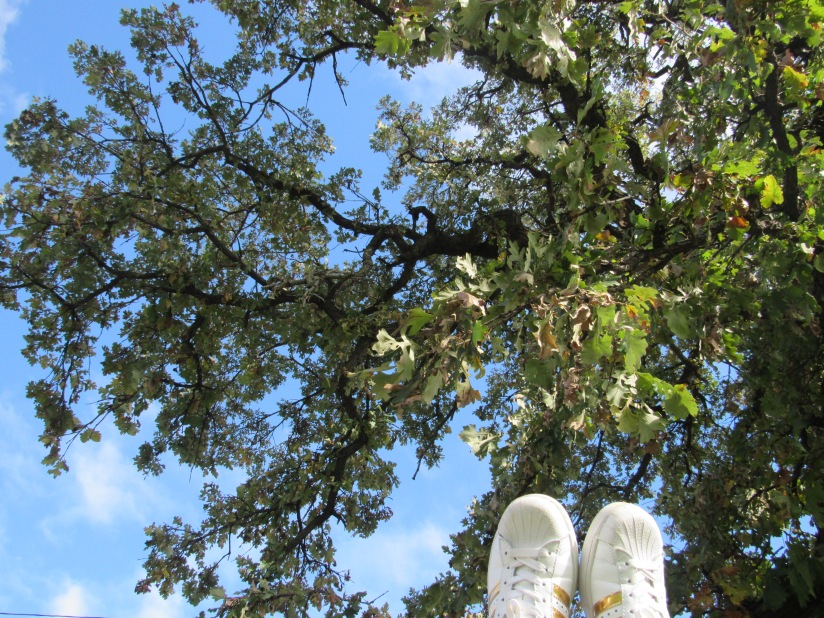
Beauty and interest were seen in the fingers and camera of a friend…

…in a brittle, fallen leaf on a rusty pipe…
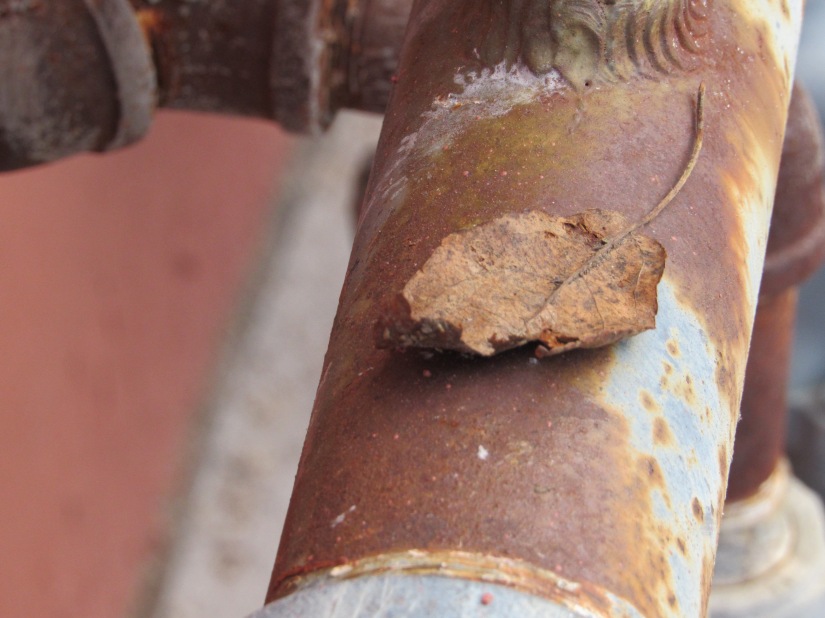
…in the imperfect symmetry of asphalt split by a parking line…

…in the rusted bracket, nuts, and screws by broken concrete and rocks…
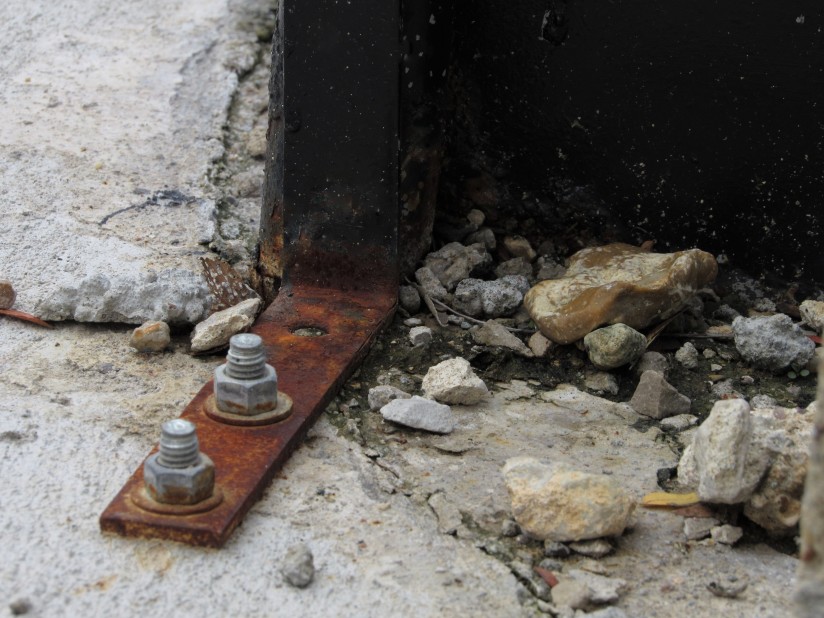
…in red and green fallen leaves interspersed between an optical illusion of lines of light and shadow…

…in the reflection of a shadow as one photographer flipped her hair & spread her fingers while standing above a shallow puddle of water…
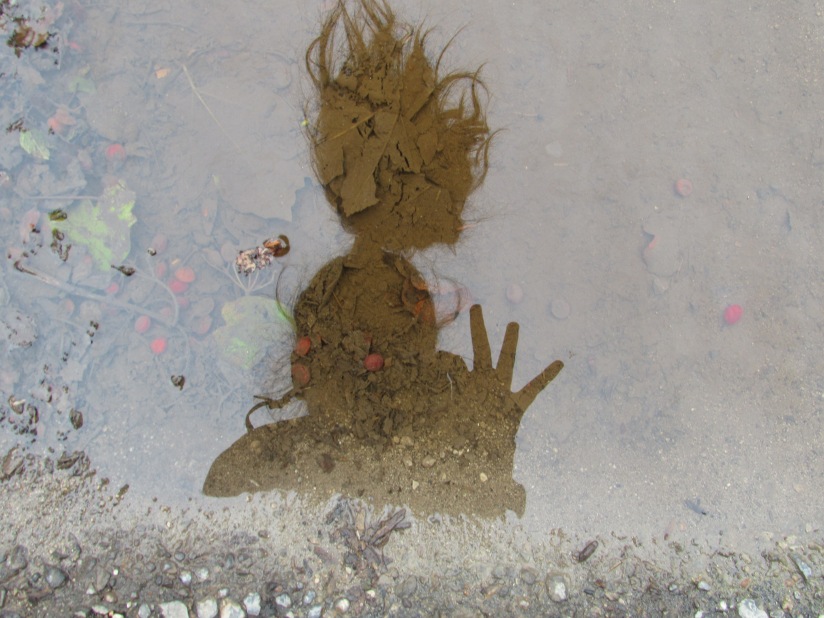
…and in an ordinary pile of fallen wet leaves.
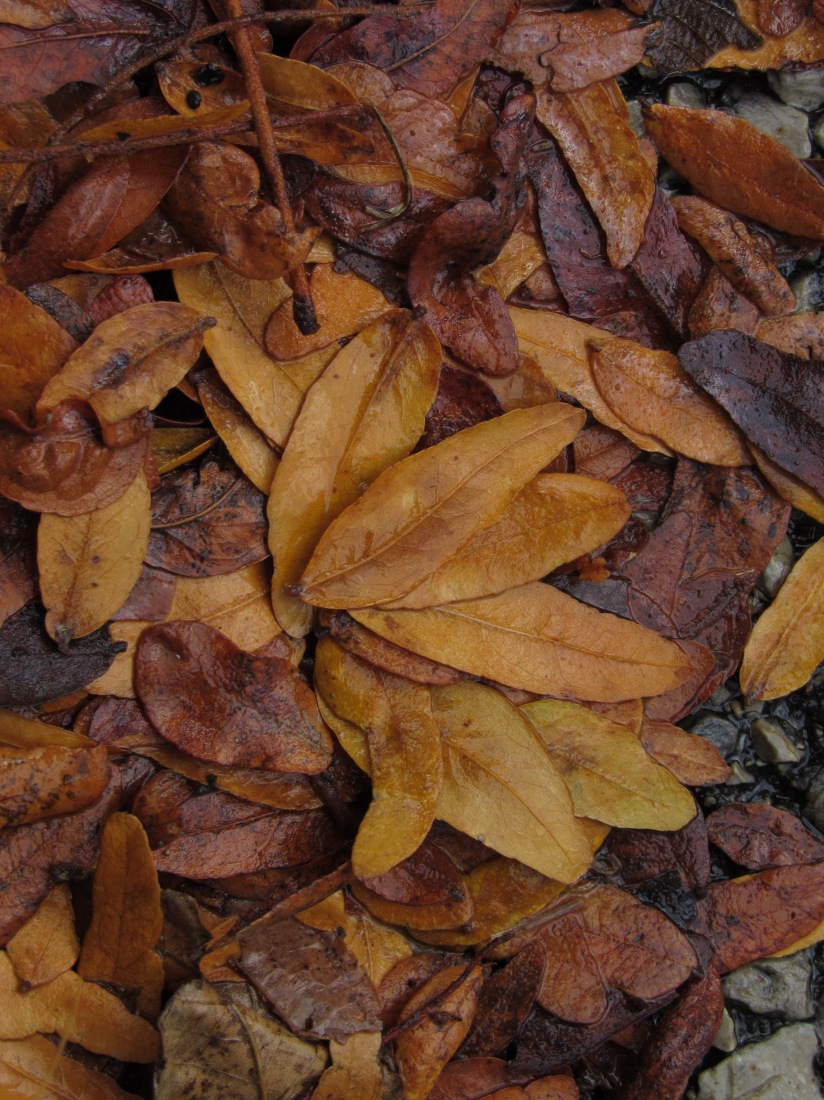
As I returned to a few of the questions that were at the forefront of my mind:
What are the subjects that they would find in their world to photograph?
Would they be the “expected” subjects of photography or would there be evidence of a different, new, and refreshing way to see the world?
What would the youth see as “beautiful” and worth capturing in their own lives?
I could see that the budding photographers were only beginning to scratch the surface to surprise me with the subjects that they would discover. They were definitely seeing the world in a different, new, and refreshing way, and their definition of beauty – and my own – would be expanded far and wide.
Shari Miller
—–
Support for “Developing the Photographic Voice of Youth” provided by the Iowa Arts Council, a division of the Iowa Department of Cultural Affairs, and the National Endowment for the Arts. Matching funding support provided by Children and Family Urban Movement.




It’s wonderful to read about how these kids have great perspectives already. I can’t wait to see more.
LikeLike